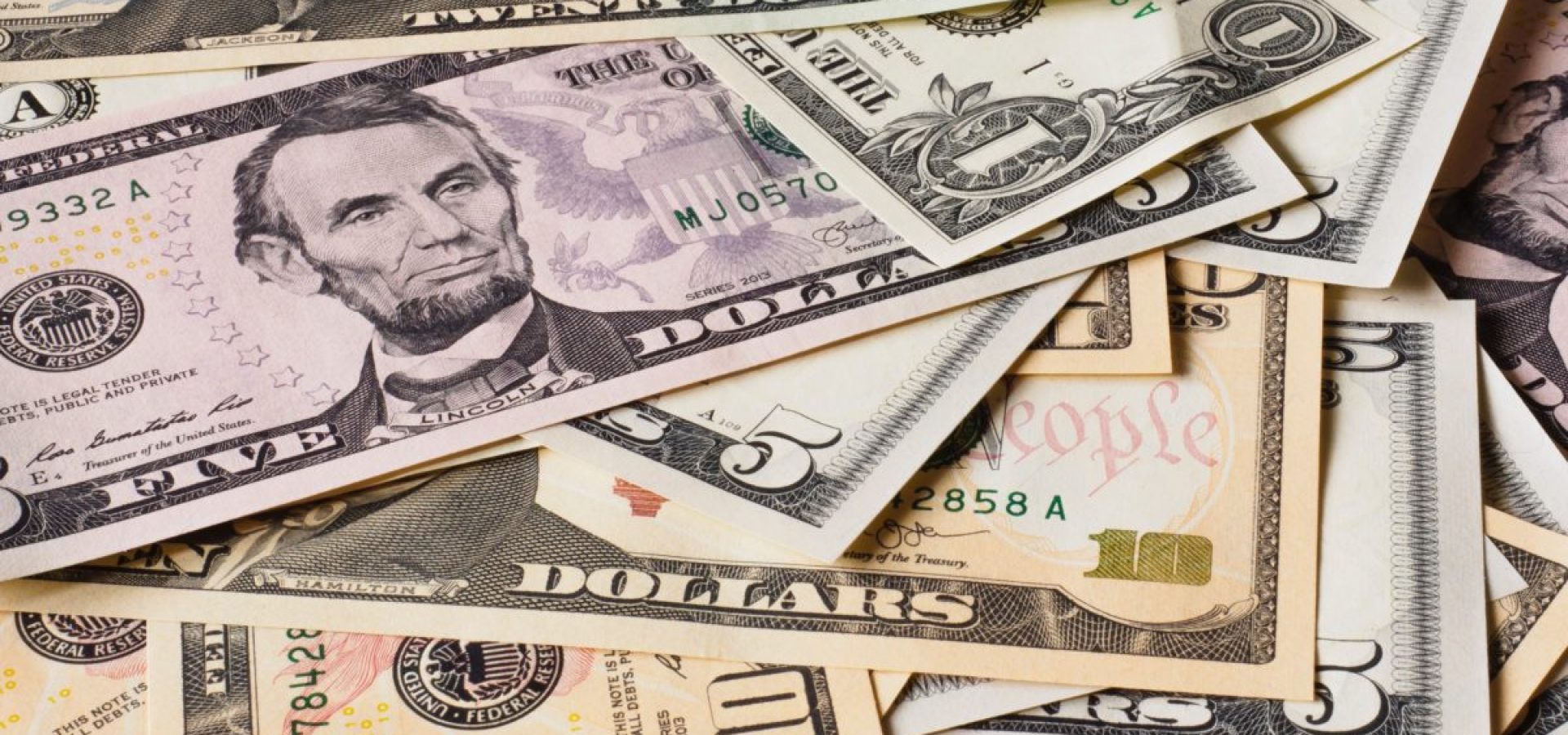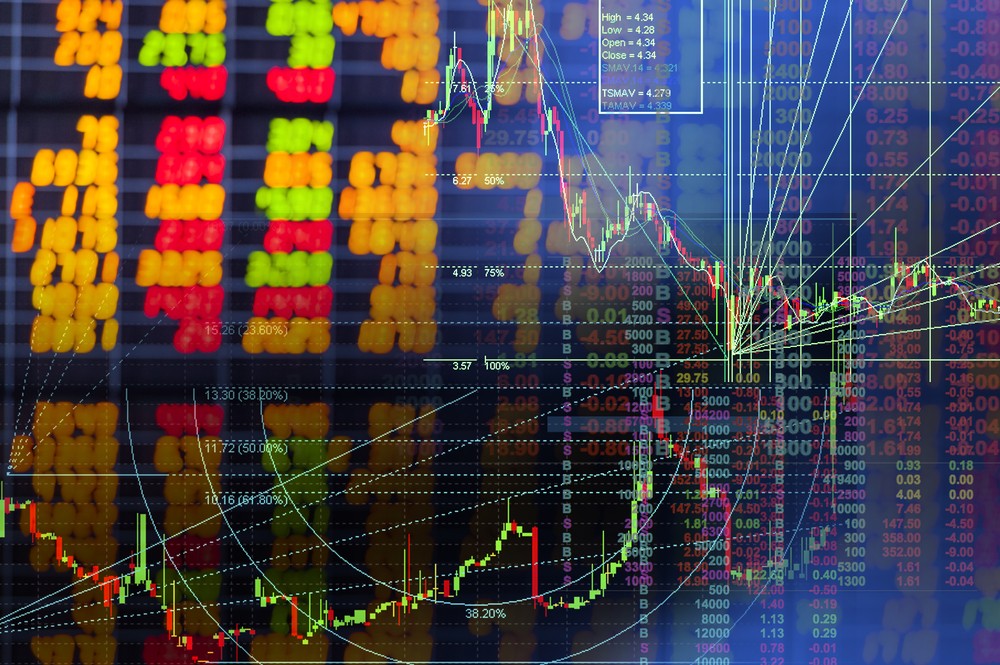The vast majority of Asian currencies rose sharply. The dollar fell to a nine-month low even after the Fed raised interest rates significantly, with markets betting that the US economic slowdown will force the bank to reverse its dovish stance this year.
The Chinese yuan rose 0.44% against the dollar to hit a seven-month high. The riskiest Southeast Asian currencies showed the biggest gains. Moreover, the Philippine peso added nearly 1.5%, while the Indonesian rupiah and Malaysian ringgit jumped 0.8%. The Japanese yen rose 0.4% and traded at a nine-month high against the dollar, despite recent data pointing to more pressure on the Japanese economy.
The Fed raised interest rates as expected and said it plans to raise them significantly to curb rising inflation. Fed Chairman Jerome Powell also expressed uncertainty about where interest rates will peak. But the bank’s commitment to hold interest rates has raised expectations of a US economic slowdown this year. This has made people more likely to think that the Fed could start cutting interest rates as early as the second half of 2023.
Other currencies
The notion rattled the greenback, with the dollar index futures and dollar index down 0.34% on Thursday. The two fell more than 1.5% after the Fed statement and were trading at their lowest levels since April 2022.
Now, markets are waiting for the January non-farm payrolls report to see if the job market is calming down. The move by the Federal Reserve will help Asian currencies like the yuan. This is because it will make it more expensive to lend to risky or low-risk debt.
South Korea’s won rose 0.24% as January CPI inflation rose higher than expected. The Australian dollar rose 0.15% as data showed a significant increase in building approvals in December. But the decline may be short-lived, as high inflation in the country will likely trigger monetary tightening.
The euro and pound rose against the dollar ahead of expected interest rate hikes by the European Union Bank and the Bank of England.











COMMENTS